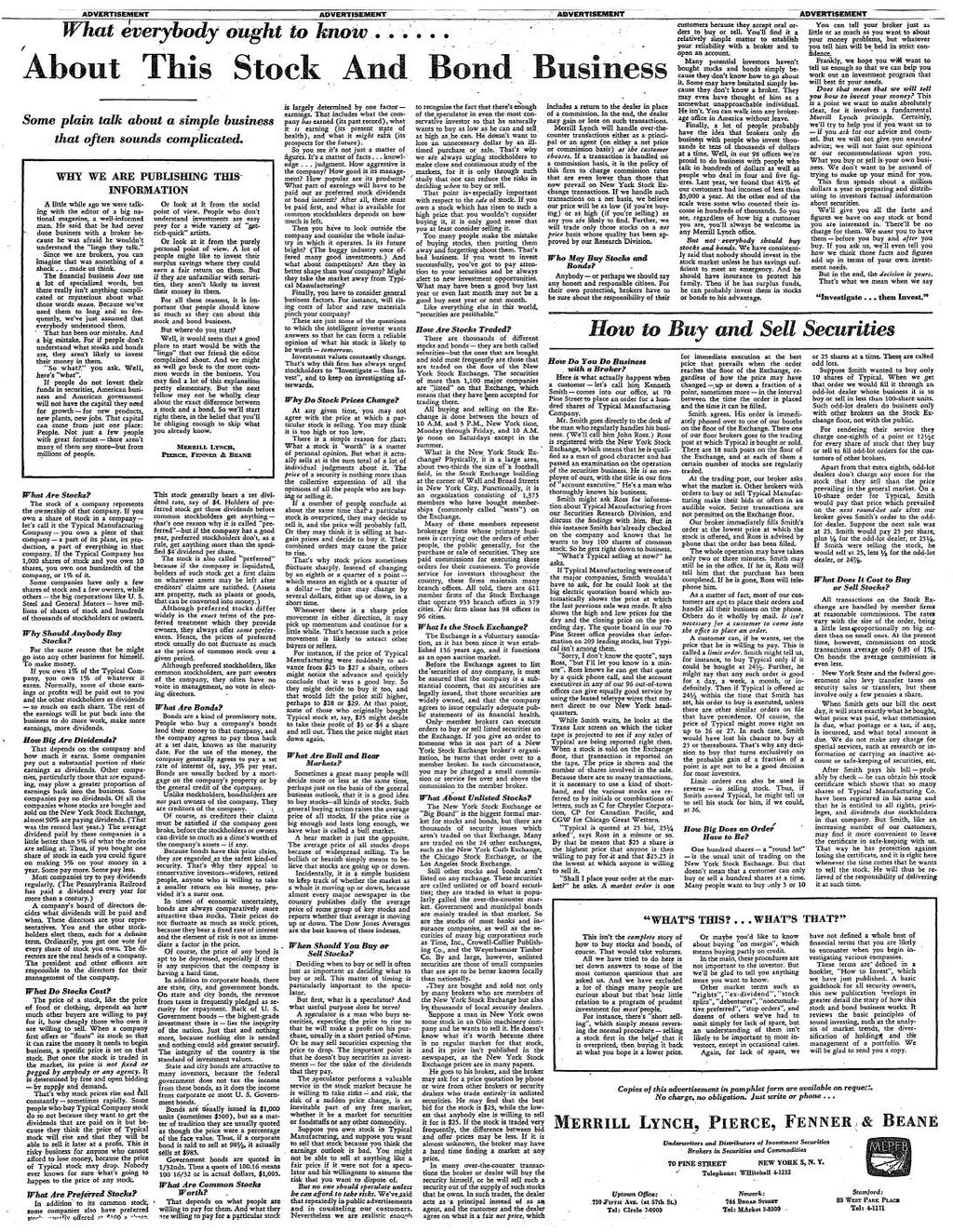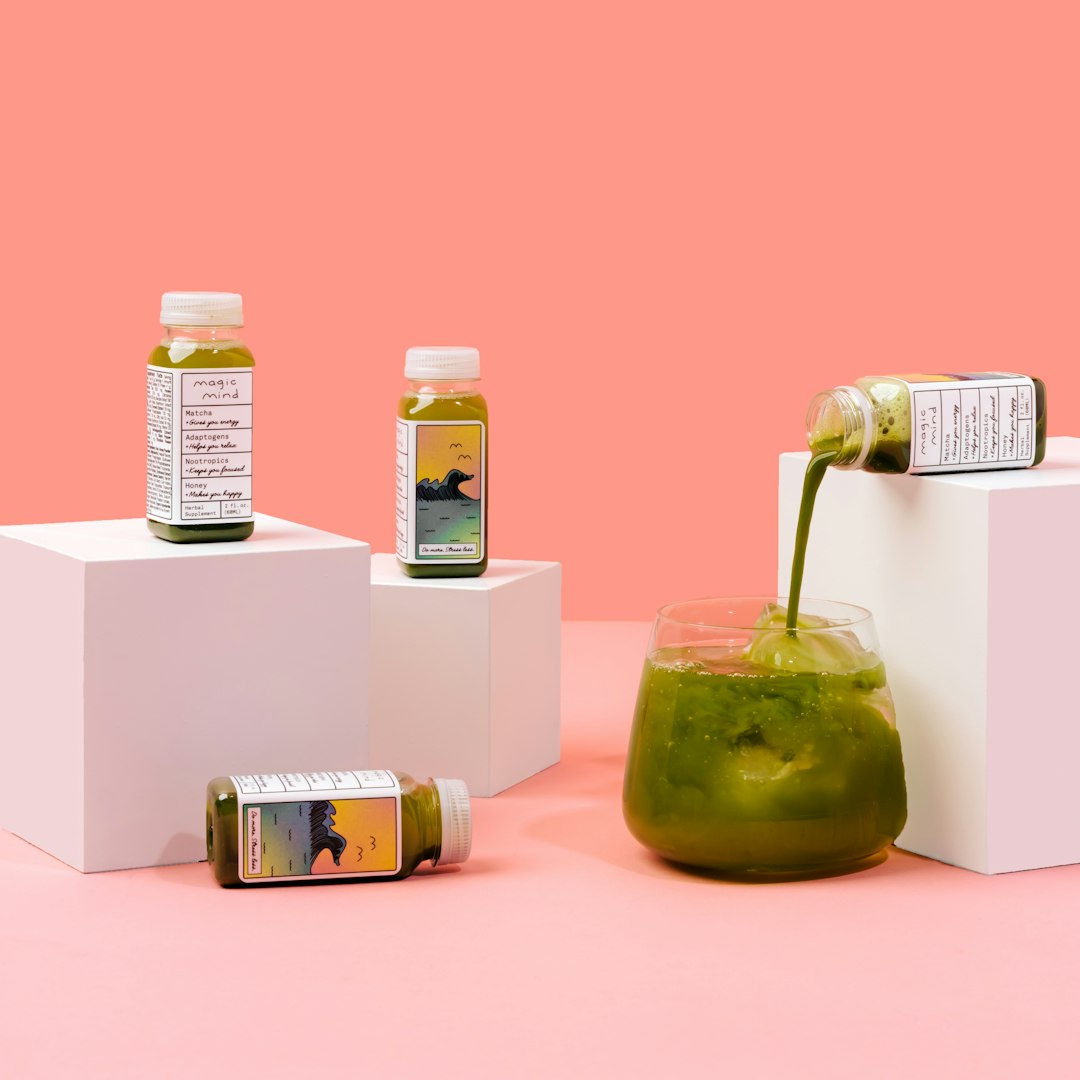How should you plan and create a detail page?
Hello everyone, a detail page is a core element of online marketing. So, how can you create a good detail page? I want to share tips I’ve gained through various experiences. This article will be very helpful for those planning or creating a detail page.
There is no perfect detail page!
The first thing to know is that there is no perfect detail page. Detail pages need to be continuously improved and updated. Think about what kind of detail page would best suit your product or service as you read this article. If you join me, it will surely be a good study.
How far does a detail page extend?
What is the scope of a detail page? When you search for products on a smart store, you might think that the images or descriptions that appear below the product information are the detail page. However, the detail page actually starts from the introduction. Thumbnails, prices, reviews, options, photo reviews, and all elements are part of the detail page.
Types of detail pages
Detail pages can be created in various formats. Here are six representative formats.
- Basic type: The most basic format that lists the necessity, features, advantages, reviews, and usage of the product.
- Blog type: A format that alternates text and images like a blog post. It is advantageous for SEO.
- Blog type + personal story: A format that increases authenticity by including personal experiences or stories.
- Webtoon comic type: A format that introduces the product in a storytelling format like a webtoon.
- Text type: A format that consists only of text. It can be effective in certain categories.
- Question and answer type: A format that organizes the detail page in a Q&A format about the product. It is useful for building trust.
Features of a successful detail page
There are several common features of successful detail pages.
- Clear before and after comparisons
- Persuasion through numerical evidence
- Product development story and developer trust verification
- Concrete social proof
- Easy-to-understand core functions with GIFs
- Sentences composed of simple and easy words
- Clean color composition
- Clear logical basis for problem statement and solution
- Incorporating customer feedback for improvement
- Elements that stimulate purchase desire such as promotions, guarantees, and first-come-first-served benefits
1. Clear before and after comparisons
Before and after comparisons are a powerful way to visually convey the effects of a product. For example, showing a face with acne that becomes clear after using the product. Such comparisons help customers easily understand and trust the product’s effects.
2. Persuasion through numerical evidence
Numbers are a powerful persuasion tool. Showing the performance or effects of a product with numbers makes it easy to gain customer trust. For example, “Cumulative sales of 1 million units” or “20% discount” are very effective numerical evidence.
3. Product development story and developer trust verification
The product development story is an important element in gaining customer trust. For example, a story like “A product developed by a father for his daughter” increases the product’s authenticity and trust.
4. Concrete social proof
Social proof plays an important role in increasing the product’s credibility. For example, evidence like “A product developed by Seoul National University Research Institute” increases the product’s credibility.
5. Easy-to-understand core functions with GIFs
Expressing core functions with GIFs makes it easy for customers to understand. For example, showing “how to use a massage device” with a GIF makes it easy to convey the product’s usage.
6. Sentences composed of simple and easy words
Simple and easy sentences make it easy for customers to understand. For example, a sentence like “This product makes your skin moisturized” is easy for customers to understand.
7. Clean color composition with 2 main colors and 1 accent color
Color composition is an important element that provides visual neatness. For example, using green and gray as the main colors and yellow as the accent color is good.
8. Clear logical basis for problem statement and solution
It is important to clearly present the problem that the product solves and logically explain the solution. For example, clearly presenting “a moisturizing cream that solves the problem of dry skin” is good.
9. Incorporating customer feedback for improvement
It is important to improve the detail page by incorporating customer feedback. For example, adding frequently asked questions in a FAQ format is good.
10. Elements that stimulate purchase desire such as promotions, guarantees, and first-come-first-served benefits
Promotions, guarantees, and first-come-first-served benefits are important elements that stimulate customers’ purchase desire. For example, providing benefits like “Additional discounts for the first 100 customers” is good.

